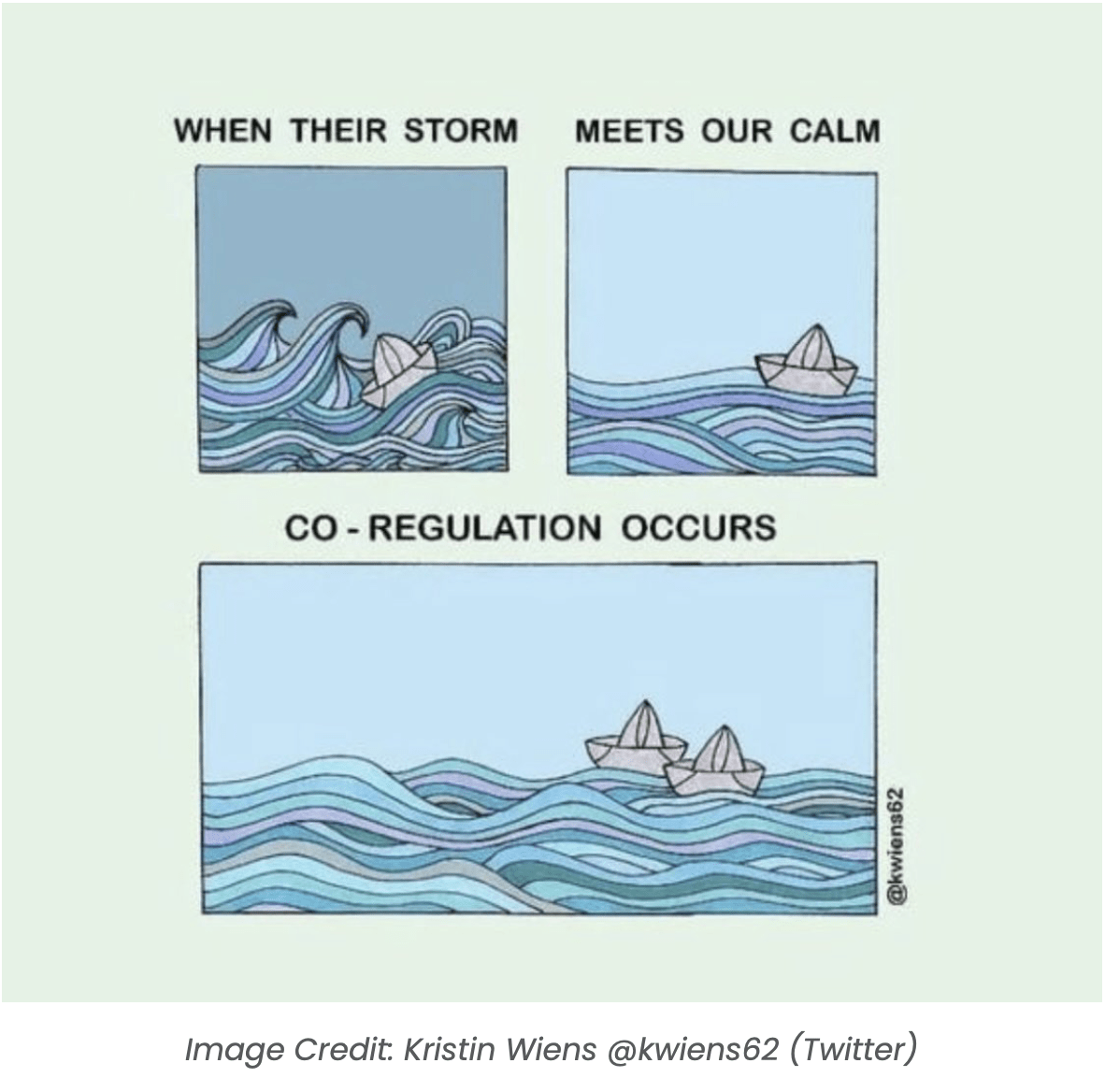Finding Emotional Balance for Autistic Children (Part 1)
Introduction
Emotional regulation is key to every child’s development, especially for autistic children. It means being able to identify and manage emotions in a healthy way, also known as emotional self-regulation.
When a child isn’t calm, learning and engaging with others becomes hard. Without good strategies for handling emotions, a child may become too anxious, angry, or excited, leading to dysregulation. This can cause challenging behaviours as the child struggles to cope.
Before a child can regulate their emotions, they need to understand what emotions are and how they feel. This means recognizing different emotions and knowing what they look and feel like. For example, what makes someone happy or anxious? By starting with this basic understanding, children can build emotional self-awareness, helping them manage their responses to both too much and too little stimulation in their environment.
A previous article Teaching Young Children to Identify Emotions on covered strategies on how to teach young children to identify and understand emotions.

Understanding and Managing Emotions – Social Story
Understanding and managing your emotions shows you’re in control and can handle tough situations. When you feel upset, angry, happy, or scared, it’s important to recognise your feelings and use healthy ways to cope with it.
Challenges Faced by Autistic Children in Regulating Emotions
Emotional regulation is part of executive functioning, which also includes skills like planning, attention, and flexibility. While these may seem like natural abilities, they are actually behaviours that can be learned and improved.
For autistic children, emotional regulation means recognizing an emotional state, thinking about the consequences of reacting, and choosing to move towards a goal, even when negative emotions are present. This can be challenging, as autistic children often have stronger emotional reactions and may find it harder to move past negative feelings.
Each autistic child handles sensory input and emotional regulation differently. Signs of emotional dysregulation can be different, but changes in behaviour—like increased flapping, stimming, pacing, or rocking—may indicate the child is struggling with their emotions. If the child can communicate, asking how they feel can be helpful, but when they are very
upset, expressing emotions with words may be difficult.
It’s important to consider the environment when understanding an autistic child’s emotions. Questions like “Is this a new place?” or “What was their experience here before?” can provide valuable insights. Sometimes, a place can cause anxiety or sensory overload, while other times, the child might seek sensory input. Watching how they behave in different settings can help you better support their emotional needs.

Autism and Emotions: Animated Guide for Elementary Kids
Understanding Co-Regulation
Co-regulation is a process where adults help children manage their emotions, particularly when they are too young or overwhelmed to do it on their own. It’s an essential part of emotional development before a child can learn to self-regulate their feelings independently.
Adults play a crucial role in modelling healthy emotional regulation for children. Before you can help your child manage their emotions, it’s important to check in with your own feelings. Calm yourself first, as children learn from how you handle your emotions. By staying calm, listening actively, and offering empathy, you guide your child through their emotions and teach them to manage those feelings independently.
How Co-Regulation Works
Imagine a child who is scared by something. The adult responds by hugging them, rocking back and forth, and saying “it’s okay” in a soothing, quiet voice. This is co-regulation in action. The adult helps the child calm down, providing emotional support that will eventually help the child learn to regulate themselves
Importance of Co-Regulation for All Children

Reference
Beyond Autism Emotional Regulation
Beyond Autism (2024) Autism and emotional regulation
Resources and Further Reading
Dr Melanie Heyworth Emotional Regulation, Part Two: Using Co-regulation to Teach Emotional Regulation. Reframing Autism
Kelly Mahler (2022) The Power of Co-Regulation
Mauraen Beenie (2024) Co-Regulation – The Bridge to Self-Regulation. Autism Awareness Centre.
Online Psychology@Peperdine (2018) How to Improve Emotional Self-Regulation Among Children with Autism and Attention Disorders

